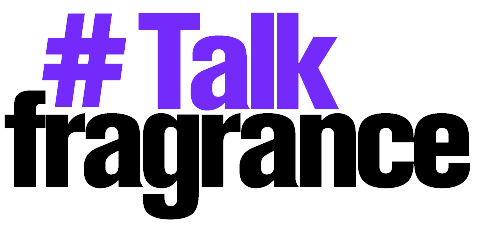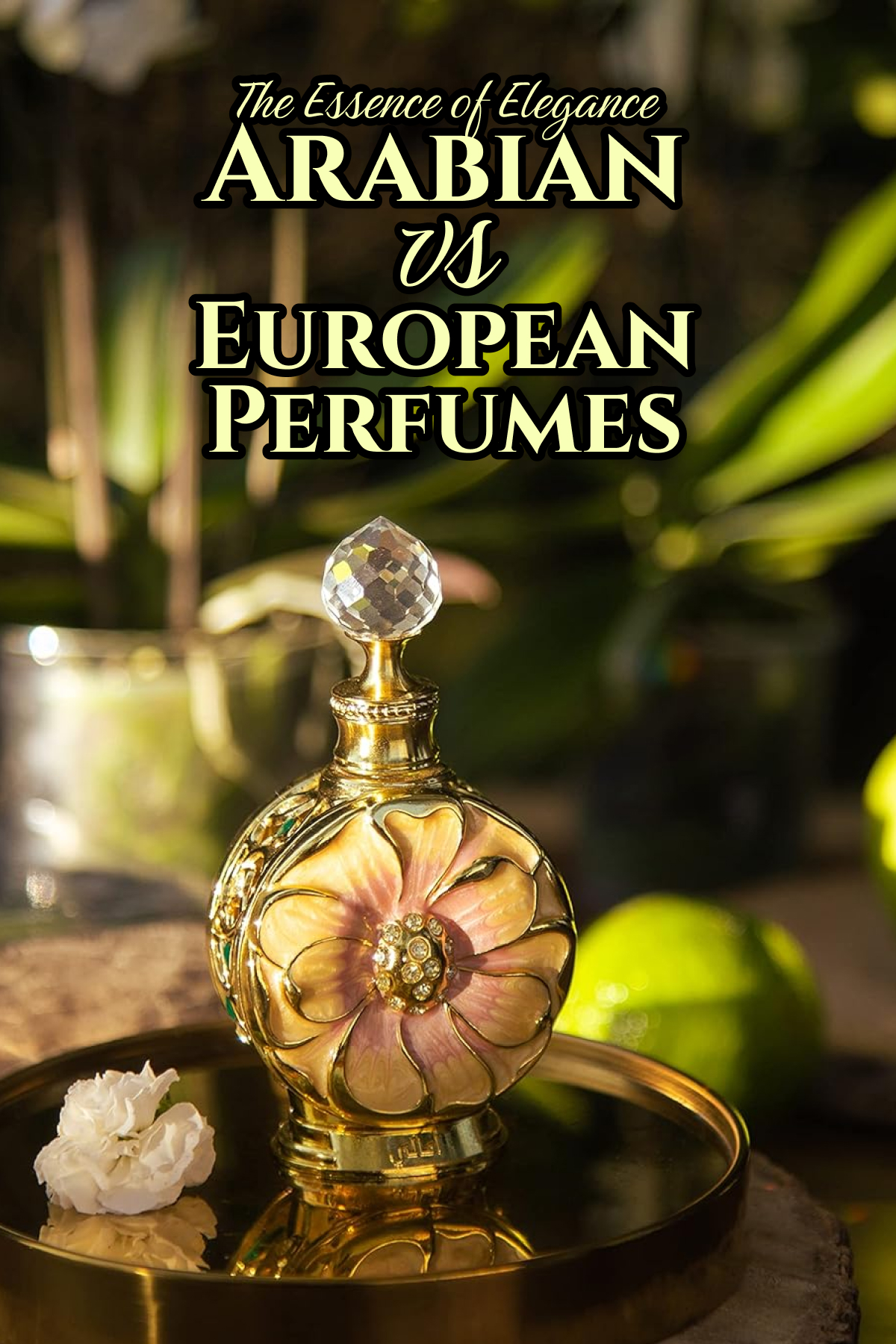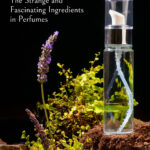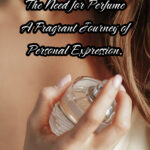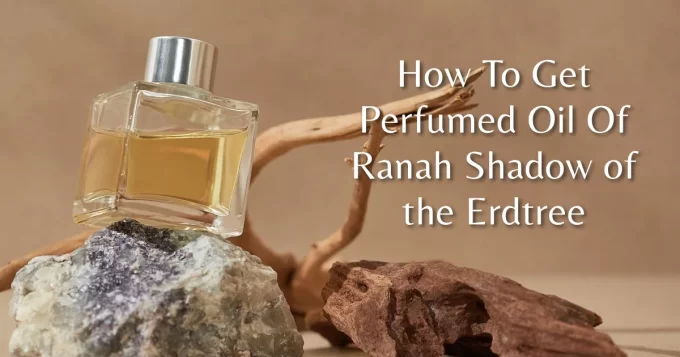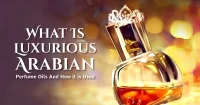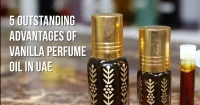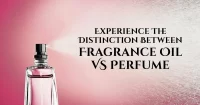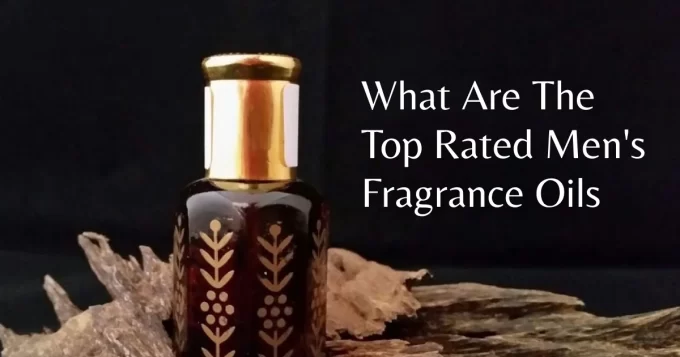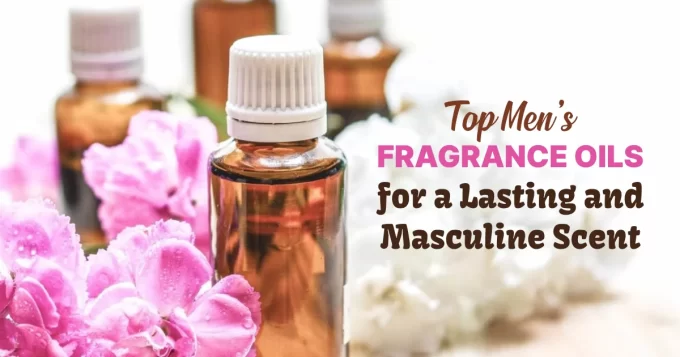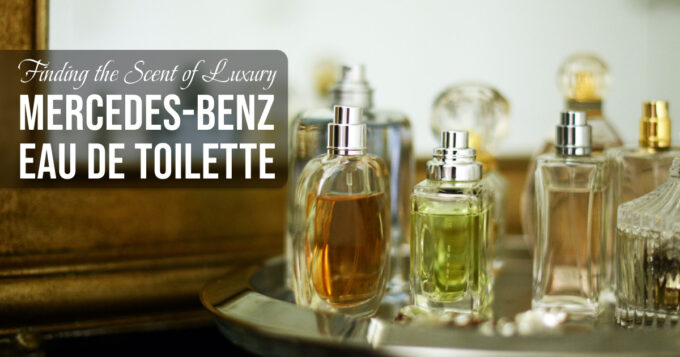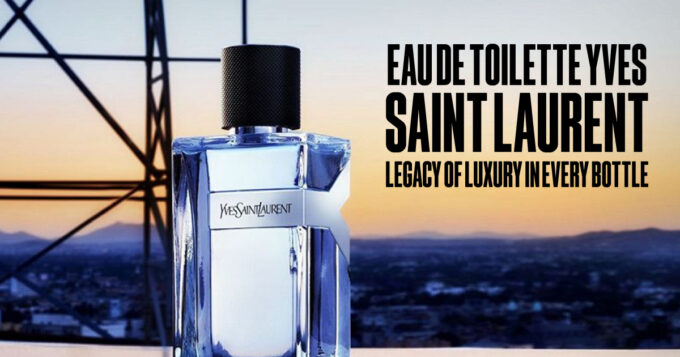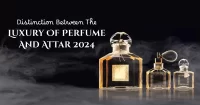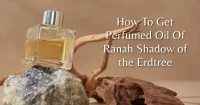Perfumes have been a beloved part of human culture for millennia, acting as unseen but potent accessories that transmit personality, mood, and cultural heritage. Among the numerous fragrances available, Arabian and European perfumes stand out for their distinct qualities, histories, and techniques to smell creation.
This blog post goes into the vast world of Arabian and European scents, emphasizing their distinctions and the distinct experiences they provide.
The Rich History of Perfumes
Arabian perfumes
Arabian perfumes have a long history that is deeply rooted in the region’s rich culture and traditions. Perfume production on the Arabian Peninsula extends back more than 5,000 years. According to ancient literature and archeological finds, perfumers in Mesopotamia, the Indus Valley, and subsequently the Islamic Golden Age were highly proficient at the art of aroma generation.
Arabian fragrance has been heavily affected by the region’s access to exotic and unusual materials. The Arabian Peninsula had an important role in the ancient trade routes known as the Incense Route, which permitted the flow of valuable goods such as frankincense, myrrh, and agarwood. These elements were commonplace in Arabian perfumes, including chypre sublime, adding to their rich and powerful olfactory characteristics.
European perfumes
European perfumery dates back to ancient Greece and Rome, when fragrant oils and balms were utilized for religious ceremonies and personal hygiene. However, it was during the Renaissance when European perfumery flourished, particularly in France and Italy. The court of Louis XIV in France, known as the “Perfumed Court,” was instrumental in boosting the importance of perfumes, propelling France to the forefront of European perfumery.
Scientific advancements affected the development of current European perfumes as well. The discovery of new distillation and extraction technologies enabled perfumers to produce more complex and refined fragrances. Over time, the European fragrance business evolved, with legendary houses like Guerlain, Chanel, and Dior emerging as market leaders.
Arabian perfumes use natural ingredients obtained from plants, resins, and woods, making them known for their exceptional quality. Key elements are:
Oud (Agarwood) is a highly sought element in Arabian perfumery, recognized for its rich, woody, and somewhat sweet aroma. It is commonly utilized as a base note, resulting in a deep and long-lasting aroma.
Rose: The damask rose, which is native to the Middle East, is commonly used in Arabic perfumes. Its pleasant, floral scent creates a sense of elegance and romanticism.
Frankincense and myrrh are known for their warm, spicy, and slightly balsamic scents. They are commonly used in oriental scents to enhance depth and richness. Understanding chypre meaning can help one appreciate how these ingredients contribute to the complex profiles often found in chypre fragrances, where the combination of various notes creates a sophisticated and harmonious scent experience.
Musk: Natural musk, obtained from musk deer, has a sensuous, earthy perfume. Although it has been mostly superseded by synthetic equivalents, it remains an important ingredient in many traditional Arabian perfumes.
Arabian perfumes’ aroma characteristics are often powerful, sumptuous, and long-lasting. They are intended to make a strong impression and frequently have a blend of sweet, spicy, and woody tones.
European perfumes
European perfumes, while containing natural ingredients, frequently include a greater spectrum of synthetic components to achieve distinct olfactory effects. Key elements are:
Lavender, which is widely grown in France, has a fresh, clean, and pleasant perfume. It is a popular top note in many European fragrances.
Bergamot: This citrus fruit, predominantly grown in Italy, has a bright, zesty, and somewhat bitter scent. It is commonly found in the top notes of European perfumes.
Vanilla: This sweet and creamy perfume, derived from the vanilla orchid, is widely utilized in gourmet fragrances.
Patchouli: This tropical herb emits a deep, earthy, and slightly sweet perfume. It is commonly found in the base notes in European perfumes.
European scents are recognized for their sophistication, elegance, and variety. They frequently include a combination of floral, fruity, and woody elements, resulting in harmonious and subtle smells.
Perfume Composition and Craftsmanship
Arabian perfumes
The production of Arabian perfumes is frequently seen as an art form passed down through centuries. The typical procedure consists of numerous steps:
Extraction: Aromatic essences are extracted from natural components after they are properly gathered and processed. Common methods include steam distillation, maceration, and enfleurage.
Blending: Master perfumers, or “noses,” carefully combine various essences to produce complex and harmonious compositions. This procedure necessitates a thorough grasp of each ingredient’s qualities and interactions with one another.
Maturation: The blended perfume is left to mature for several months, if not years, in order to achieve its full depth and complexity. The aging procedure increases the fragrance’s duration and depth.
Bottling: The finished perfume is carefully bottled, generally in ornate and delicately made falcons that represent the scent’s opulent essence.
European perfumes
European fragrance combines old and innovative processes. The process normally includes:
Sourcing: The highest quality natural components and synthetic compounds are sourced from all around the world. European perfumers frequently have access to an extensive range of raw materials.
Perfumers use advanced scientific procedures to generate exact formulae that balance various aromatic components. This stage entails extensive testing and tweaking to acquire the appropriate fragrance profile.
Production: The perfume is manufactured in cutting-edge facilities, ensuring consistency and quality. This step may include methods like cold pressing, solvent extraction, and molecular distillation.
European perfumes are frequently packaged in elegant and aesthetically pleasing bottles, intended to appeal to a discerning consumer. The packaging is an essential component of the total experience, expressing the brand’s identity and values.
Cultural Significance and Usage
Arabian perfumes
Perfumes retain a special position in Arabian culture, as they are profoundly embedded in daily life and rituals. They are frequently utilized during big celebrations like weddings and religious activities. Perfumes are also a mark of hospitality and generosity, with guests frequently provided a spritz of fragrance when they enter a home.
The method of layering smells, called as “attars,” is widespread in Arabian perfumery. Individuals can combine various scents to produce a distinctive and unique aroma that changes throughout the day.
European perfumes
Perfumes are regarded in Europe as a symbol of personal flair and sophistication. They are widely utilized in daily grooming regimens and are regarded as vital accessories for both men and women. European fragrances are frequently promoted based on their suitability for various emotions, situations, or seasons, allowing people to select aromas that suit their personal preferences and lifestyles.
Perfume manufacturers in Europe routinely work with fashion designers and celebrities to create unique perfumes that evoke luxury and elegance. These collaborations frequently produce limited edition releases and unique sets.
Conclusion
Arabian and European perfumes each provide a distinct and alluring olfactory experience, influenced by their respective histories, ingredients, and cultural situations. Arabian perfumes are renowned for their rich, luxurious, and long-lasting aromas, which are created utilizing traditional processes and rare natural components.
European perfumes, on the other hand, are known for their elegance, variety, and balance, with many integrating both natural and synthetic ingredients to create refined and subtle aromas.
Whether you prefer the powerful and exotic aromas of Arabian perfumes or the elegant and harmonious scents of European fragrances, discovering these two realms of perfumery may be a very satisfying and sensory experience. Each spritz contains a piece of history, culture, and workmanship, letting you to feel the purest expression of elegance.
